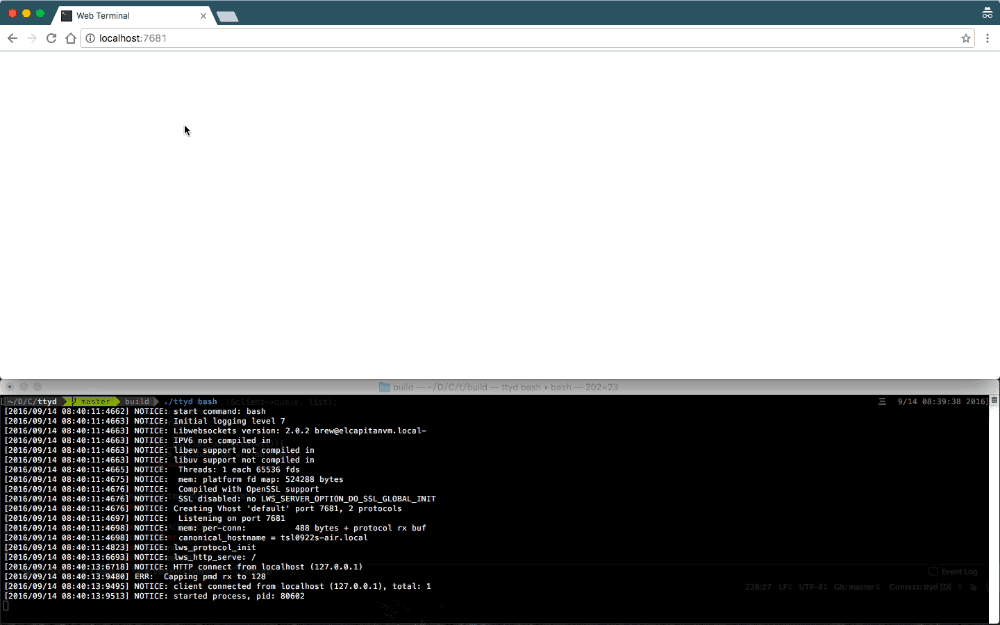A short reflection on how knowing and living diverge
We often praise sharp minds and quick answers. We reward cleverness with applause and prizes. Yet, there is another quality — quieter, slower, and deeper — that asks a different question: not can you do it, but should you do it? That quality is wisdom.
What is intelligence?
Intelligence is the capacity to learn, to reason, and to solve problems. It is measured by speed of thought, memory, technical skill, and the ability to connect facts. An intelligent person sees patterns and finds efficient paths through complexity.
Think of intelligence as a bright lamp: it reveals details, highlights options, and speeds up discovery. It helps us invent, decode, and strategize.
What is wisdom?
Wisdom is the art of using knowledge with care. It grows from experience, reflection, and a habit of weighing consequences. A wise person listens before speaking, asks what matters most, and chooses action that sustains rather than merely succeeds.
Wisdom is less a lamp and more a lantern carried slowly: it illuminates a path that honors relationships, time, and meaning.
“The only true wisdom is in knowing you know nothing.” — Socrates
Key differences at a glance
- Speed vs depth: Intelligence often moves fast; wisdom prefers a thoughtful pace.
- Knowing vs applying: Intelligence collects facts; wisdom chooses which facts should guide life.
- Problem-solving vs life-guiding: Intelligence solves tasks; wisdom guides decisions about values and consequences.
- Short-term wins vs long-term good: Intelligence can win a battle; wisdom aims to win a life well-lived.
Wisdom in timeless words
“Knowing yourself is the beginning of all wisdom.” — Aristotle
“Real knowledge is to know the extent of one’s ignorance.” — Confucius
How they work together
Neither intelligence nor wisdom is complete on its own. Intelligence without wisdom can become clever cruelty — brilliant plans that hurt people or the future. Wisdom without intelligence can be kind but ineffective, like goodwill without skill.
When intelligence and wisdom meet, they form a powerful partnership: knowledge used with restraint, skill guided by purpose. The intelligent mind builds; the wise heart directs where and why to build.
Practical ways to grow wisdom (even if you are already smart)
- Slow down: Pause before big choices. A short wait often reveals hidden costs.
- Reflect on outcomes: After decisions, ask what actually happened and why.
- Listen more: Other people’s experiences are fast paths to lessons you haven’t lived.
- Value relationships: Make choices that preserve trust and dignity — wisdom respects people.
- Read widely: Stories, histories, and philosophy cultivate perspective beyond facts.
Short parable
A clever builder made a beautiful bridge across a river — fast, strong, and admired. He never asked who the bridge would serve. A wise elder asked, “Who needs this bridge? Will it harm the river? Will it last?” In time, the clever bridge served its purpose, but the wise questions shaped many bridges that served whole villages for generations.
Quick Read
Religious Practice vs. Spiritual Practice: Finding Your Path Beyond Labels
Explore the key differences between religious practice and spiritual practice. Learn how structure, community, and personal growth define each path—and discover which resonates with your journey to inner peace and purpose.
Final thought
Intelligence opens doors. Wisdom chooses which doors should be opened. In a world that prizes speed and answers, the gentle discipline of wisdom is a rare and invaluable gift. If you nurture both, you not only know more — you live better.
“Wisdom is not a product of schooling but of the lifelong attempt to acquire it.” — Albert Einstein
— A short meditation on knowledge, judgment, and the art of living well.
Self Promotion
Since 2011, Codeboxr has been transforming client visions into powerful, user-friendly web experiences. We specialize in building bespoke web applications that drive growth and engagement. Our deep expertise in modern technologies like Laravel and Flutter allows us to create robust, scalable solutions from the ground up. As WordPress veterans, we also excel at crafting high-performance websites and developing advanced custom plugins that extend functionality perfectly to your needs. Let’s build the advanced web solution your business demands.



